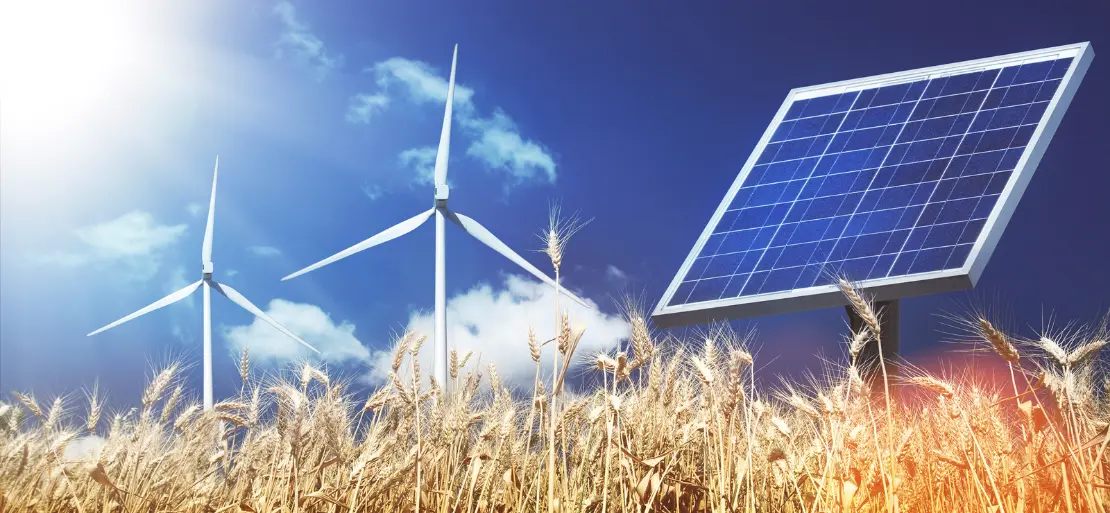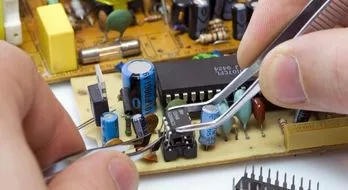Bloom Energy has Set-Up a Solid Oxide Electrolyzer in South Korea

A solid oxide electrolyzer cell is a type of solid oxide fuel cell that operates in regenerative mode to electrolyze water (or carbon dioxide) by using a solid oxide, or ceramic, electrolyte to produce hydrogen gas (or carbon monoxide) and oxygen.
Pure hydrogen production is appealing because it is a clean fuel that can be easily stored [clarification needed], making it a viable alternative to batteries, methane, and other energy sources (see hydrogen economy). Electrolysis is the most promising method of producing hydrogen from water due to its high conversion efficiency and low required energy input than thermochemical and photocatalytic methods.
Bloom Energy has announced that its high-temperature solid oxide electrolyzer has been deployed on an international scale for the first time. Following the commercial release of the Bloom Electrolyzer in 2021, the successful 130 kW installation in Gumi, South Korea, accelerates Bloom Energy's efforts to enable a hydrogen-fueled economy.
Bloom's high-temperature electrolyzer produces hydrogen on-site more efficiently than low-temperature PEM and alkaline electrolyzers. Moreover, the Bloom Electrolyzer requires less energy to split water molecules and produce hydrogen because it operates at high temperatures. Because electricity accounts for up to 80% of the cost of hydrogen produced through electrolysis, using less electricity improves the economics of hydrogen production and aids in its adoption.
This new demonstration, which has been fully operational at the Bloom SK Fuel Cell centre in South Korea since January 2022, is testing electrolysis efficiency in intermittency mode using water as an input.
The Bloom Electrolyzer conducts efficiently and successfully in regular phases, exhibiting its capability to pair with alternating renewables like solar and wind. With water input, the Bloom Electrolyzer is expected to produce 46-kilowatt hours (kW-hr) per kilogramme of hydrogen (kg H2). When steam is used, the electrolyzer requires even less electricity, operating at 40.4 kW-hr/kg H2, resulting in even greater efficiencies.
The international success of our electrolyzer demonstrates the confidence we have in our ability to create viable pathways to a net-zero, hydrogen-fueled future. This is a critical step in our mission to transform the global energy landscape and enable the hydrogen economy. The project aligns with South Korea's efforts to decarbonise its energy system and become a global leader in the hydrogen economy in the coming decades.
According to the Ministry of Trade, energy, South Korea plans to replace fossil fuels with hydrogen as its primary power source by 2050, investing heavily in new technologies and infrastructure to promote the production and adoption of carbon-neutral energy. Bloom Energy and SK eco planet are well-positioned to drive South Korea's energy transition forward due to their ability to scale up hydrogen production rapidly.
Seoung-hwan Oh, vice president, hydrogen business, SK ecoplant said that this latest collaboration, a significant milestone in their successful partnership with Bloom Energy, is a testament to their shared vision of transforming South Korea's energy landscape and unlocking new value through innovation. Bloom Energy's technology has proven unrivaled performance and efficiency, putting us at the forefront of South Korea's clean energy market.
The Bloom Electrolyzer, which is highly adaptable, provides distinct advantages for deployment across a wide range of hydrogen applications, utilising various energy sources such as intermittent renewable energy and excess heat. Its modular design also makes it suitable for use in the gas, utilities, nuclear, wind, solar, ammonia, and heavy industries.



